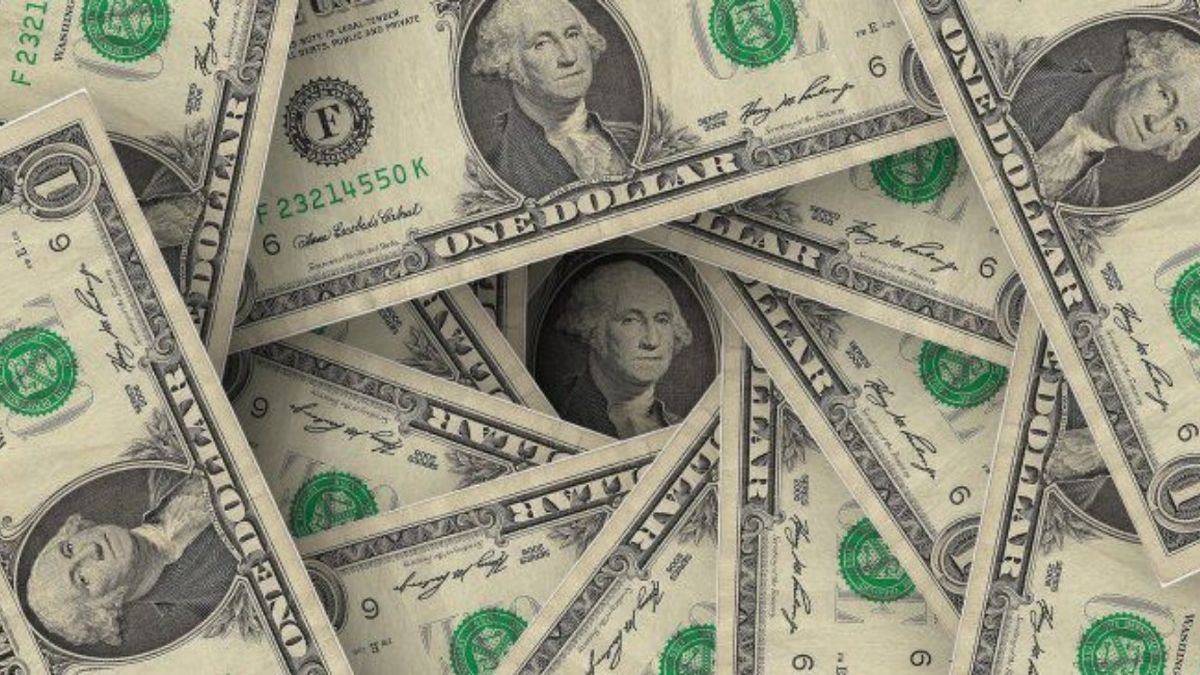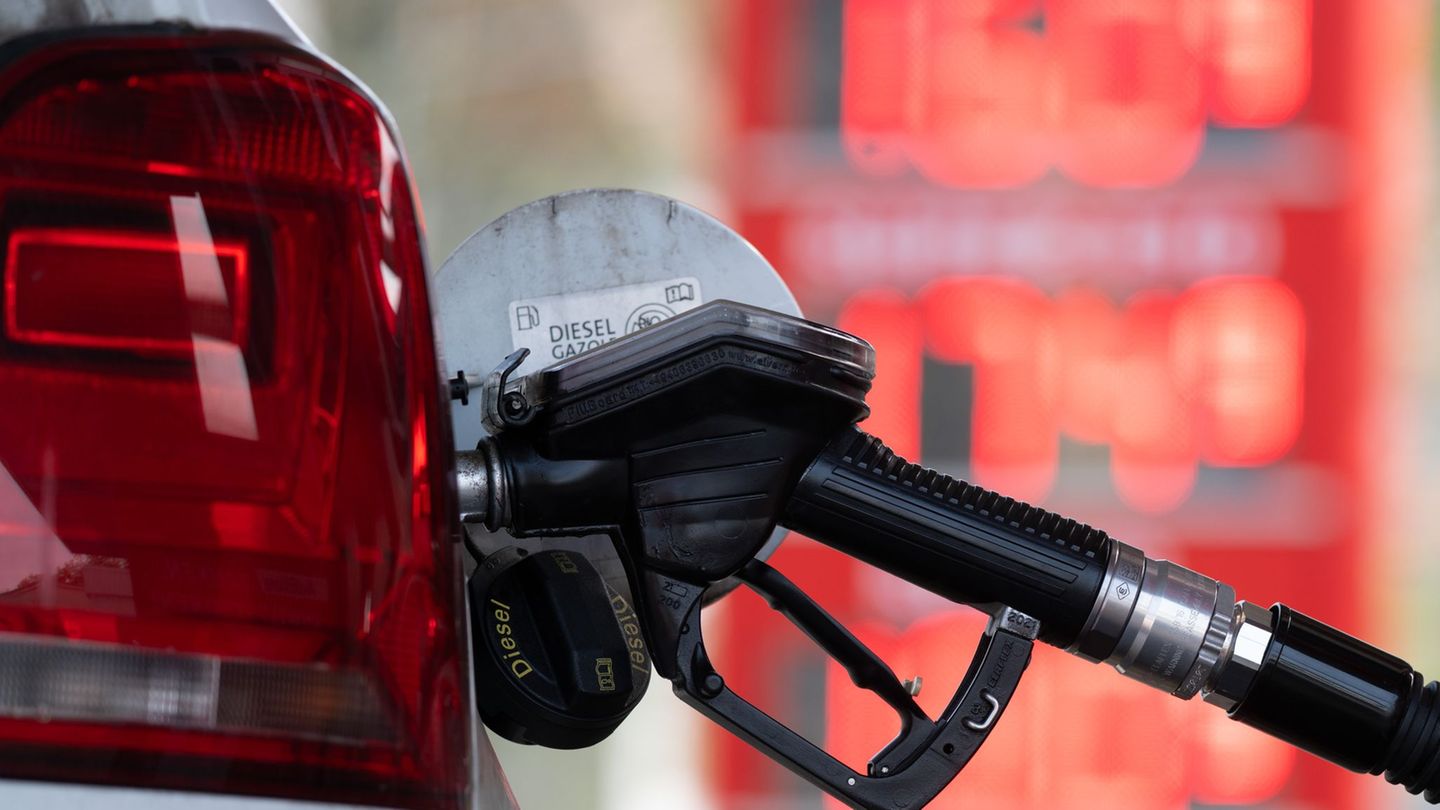Thus, after the overbought situation that caused a rapid dollarization of portfolios, financial dollars continue to experience a marked decrease.
So, although the dollar is calmer after the general elections of October 22, the truth is that the nominal value pushes and the exchange gap expands around 150%, even in a scenario of relative calm like the one experienced by these days.
Pixabay
Before the electoral contestfrom which Sergio Massaemerged victorious, it is estimated that the central bank (BCRA) sold close to US$86.2 million daily in its intervention in financial dollars (MEP and CCL), according to data from the Bloomberg agency.
The content you want to access is exclusive to subscribers.
After the election last October 22, the organization led by Miguel Ángel Pesce, slowed down that intervention. But then, what is the reason for this kind of pax exchange in the price of alternative dollars?


An initial factor that contributed to the easing of dollarization tensions in financial markets was the victory of Massa, who is a defender of the national currency. His triumph alleviated pressures related to portfolio dollarization, in contrast to its rivalJavier Milei, who advocates the dollarization of the economy and the elimination of the Central Bank.
The promising prospects of containing the rise in the quotes of financial dollars, and ultimately, of the Dolar bluewere strengthened thanks to three consecutive days of purchases by the Central Bank in the currency market. This action was supported by an increase in the flow of foreign currency from the export sector, as a result of the implementation of a new stimulus designed to encourage export liquidations.
With this measure, the Treasury Palace bet that the largest offer in the CCL market contains financial dollars, while offering a more attractive exchange rate to exporters. It is worth remembering that, after reaching a record of $1,100, the “cash with settlement” and the illegal dollar fell to 900 and 1,000 pesos, respectively. Today, the CCL is trading at $852.26 and the Blue is trading at $970.
Thus, after the overbought situation that caused a rapid dollarization of portfolios, financial dollars continue experiencing a marked decrease. This reaction, which is interpreted as a momentary respite, should not ignore the possibility of the decline resuming, especially amid persistent inflation. The search for coverage is expected to intensify again as the second round of elections approaches, the private sector points out.
So, although the dollar is calmer after the general elections on October 22, The truth is that the nominal value pushes and the exchange gap expands around 150%even in a scenario of relative calm like the one we are experiencing these days.
Source: Ambito
I am a 24-year-old writer and journalist who has been working in the news industry for the past two years. I write primarily about market news, so if you’re looking for insights into what’s going on in the stock market or economic indicators, you’ve come to the right place. I also dabble in writing articles on lifestyle trends and pop culture news.




